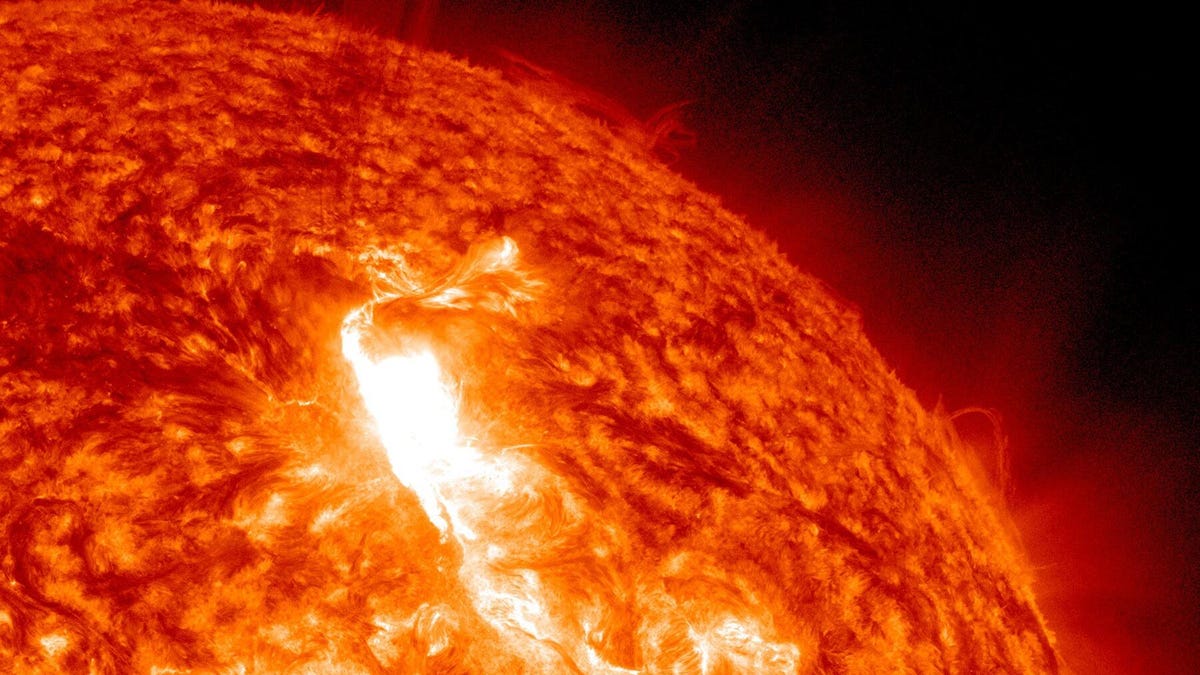Astronomers prove our sun is lazy and boring compared with other stars
Our sun isn't really applying itself like other stars of its size.

It might look like it's busy, but it's actually just taking it easy.
Without the sun's heat, Earth would be an ice-coated rock. It does a lot for us. But compared with other stars of its size, it turns out our sun, the literal light of our lives, is a bit of a deadbeat. We appreciate it, but it could just be doing more, you know?
A new study, published in the journal Science on Thursday by researchers from the Max Planck Institute for Solar System Research (MPS), reveals our sun is approximately five times weaker than other sun-like stars in the universe.
The report chose these sun-like stars based on similarities like surface temperature, rotation period, age and proportion of elements higher than hydrogen and helium, in order to provide a decisive comparison. What proved most relevant was the rotation period.
"The speed at which a star rotates around its own axis is a crucial variable," said Professor Sami Solanki, director at MPS and co-author of the new publication, in a release.
A star's rotation influences the creation and state of its magnetic field, which in turn determines how often the sun emits energetic radiation, how often it erupts particles into space and how brightly the sun shines.
Brightness variations of the Sun in comparison with the star KIC 7849521.
Of the 369 stars that match the criteria, the fluctuation between active and inactive solar irradiance phases was the evidence to support the theory our sun is a lazy deadbeat. On average, the fluctuation for our sun was just 0.07%, whereas other sun-like stars measured up to five times as much. When you look at it that way, our sun seems positively sloth-like.
"We were very surprised most of the sun-like stars are so much more active than the Sun," said Dr. Alexander Shapiro, who heads the research group "Connecting Solar and Stellar Variabilities" at MPS.
Admittedly, this does not count the results of up to 2,500 other sun-like stars that weren't able to be accurately measured by NASA's Kepler telescope -- results that might indicate our sun isn't the only deadbeat among stars.
But that in turn might be evidence that, like a college student coasting along instead of applying themselves, our sun could have the capacity to exert more brightness and power. It's simply in a more feeble phase at present.
"It is just as conceivable that stars with known and sun-like rotation periods show us the fundamental fluctuations in activity the sun is capable of," Shapiro said.

